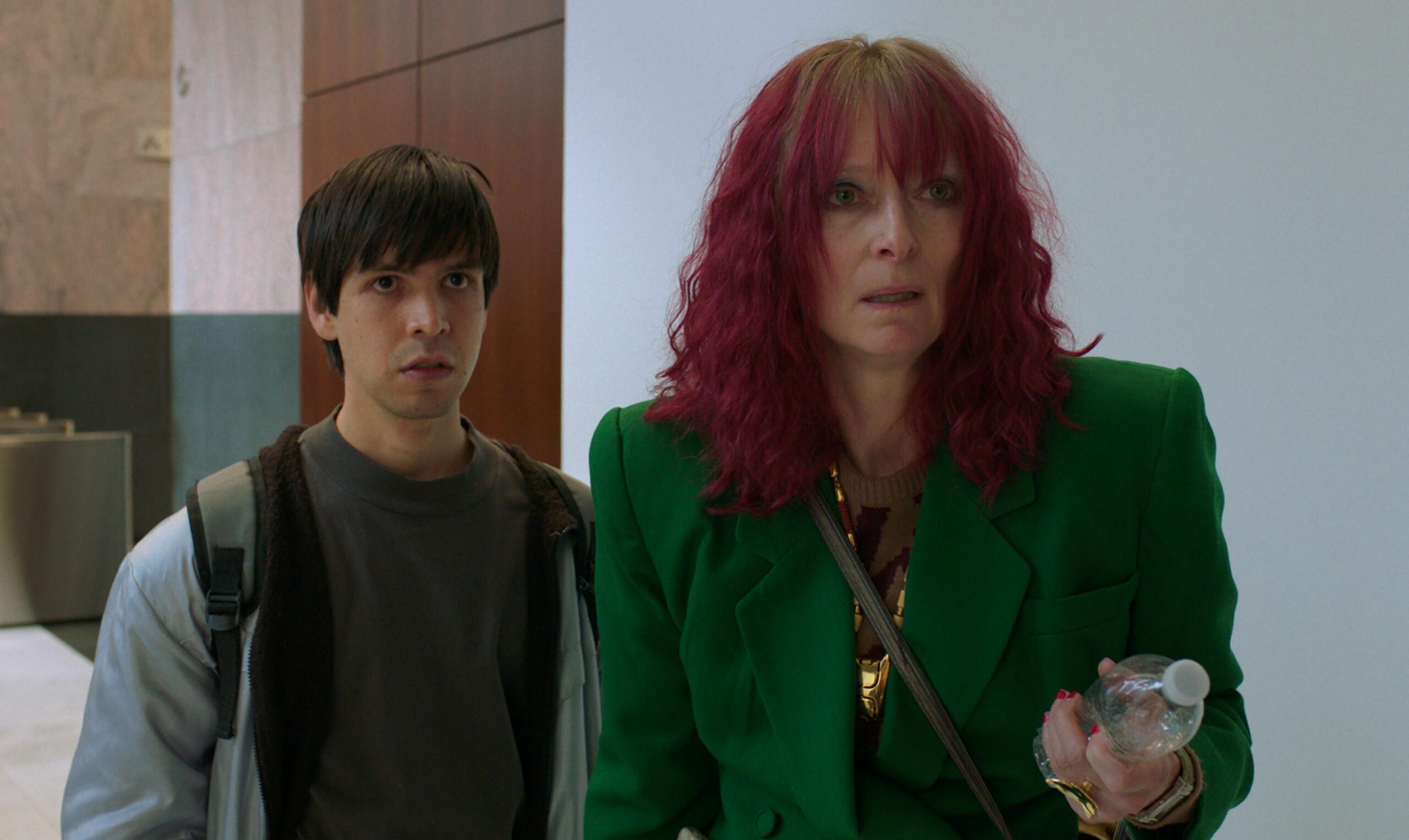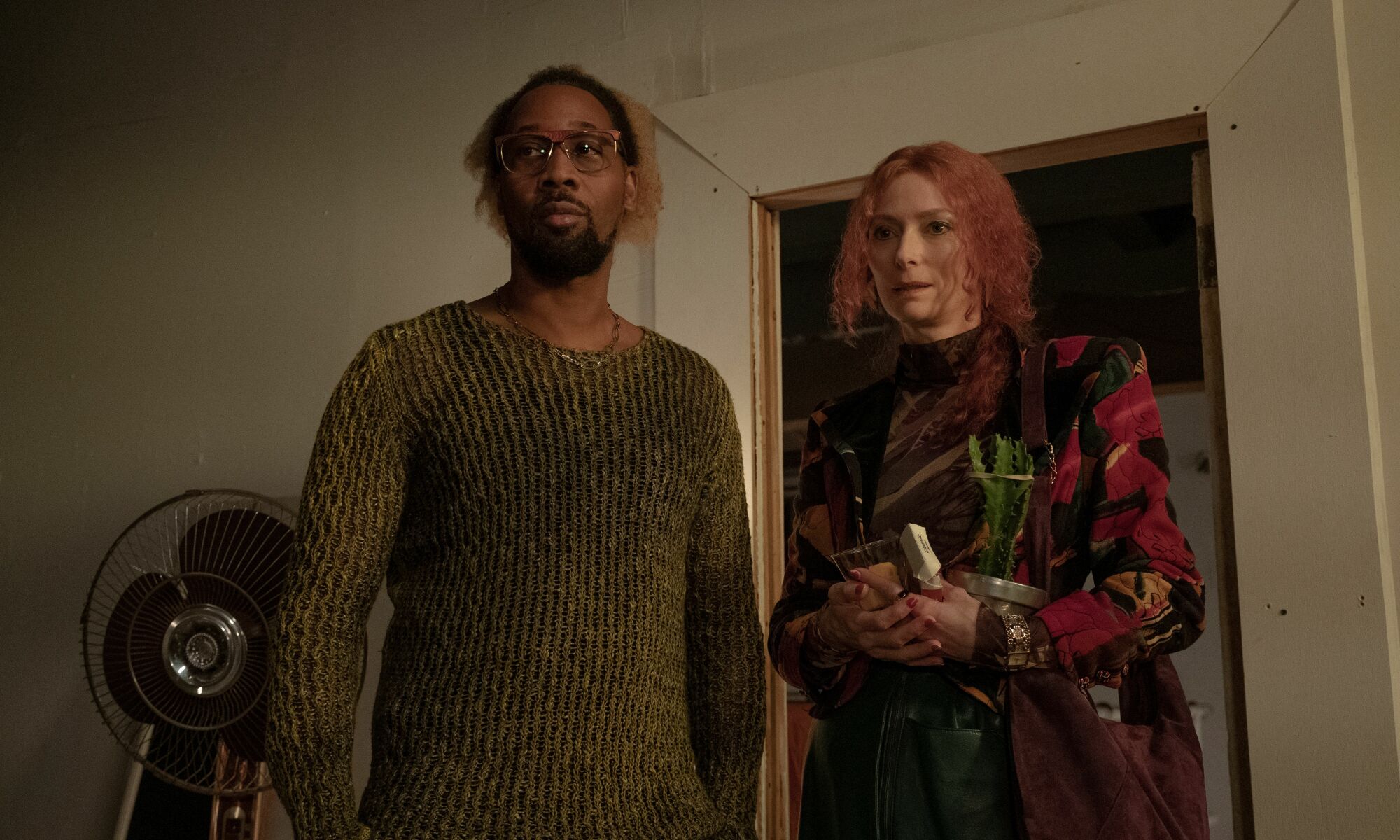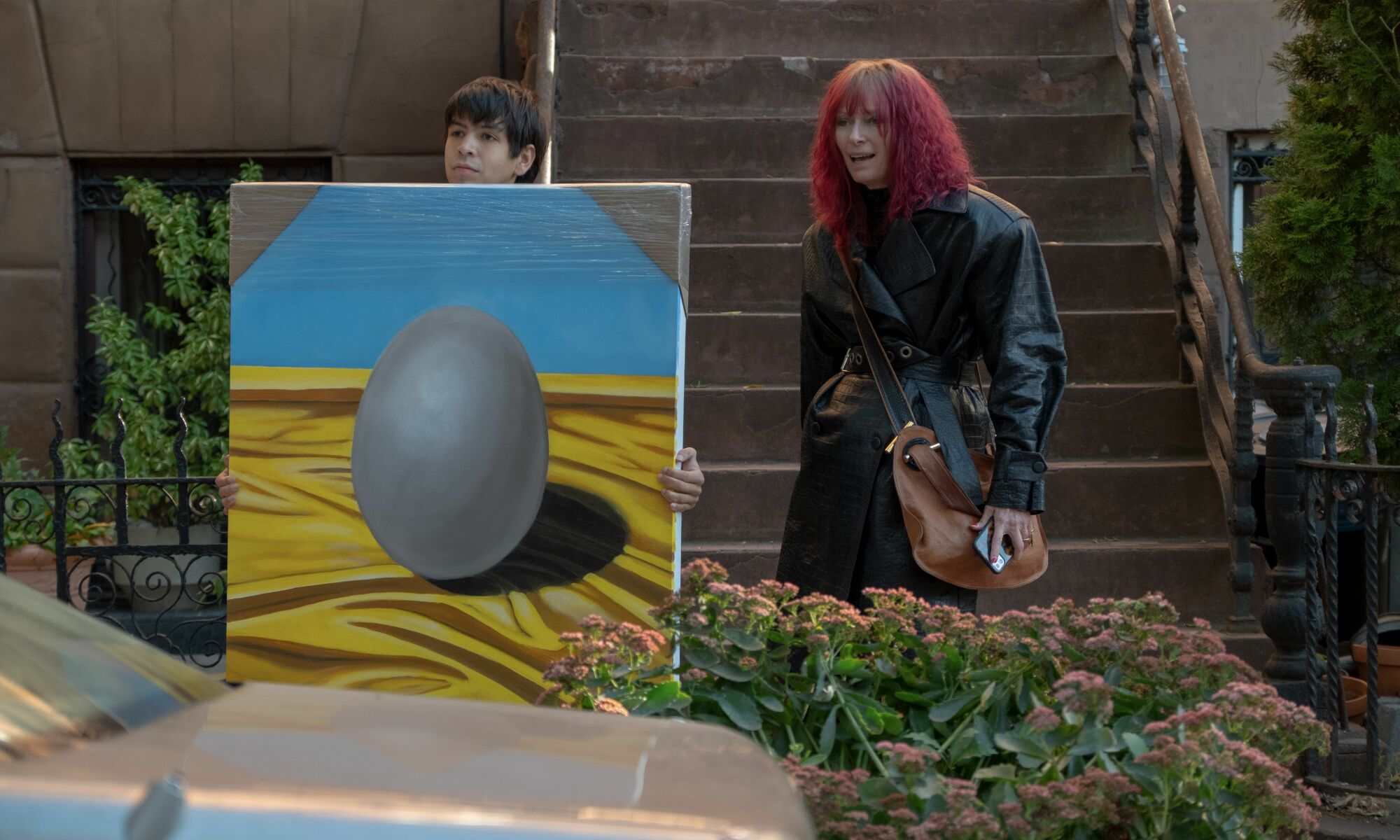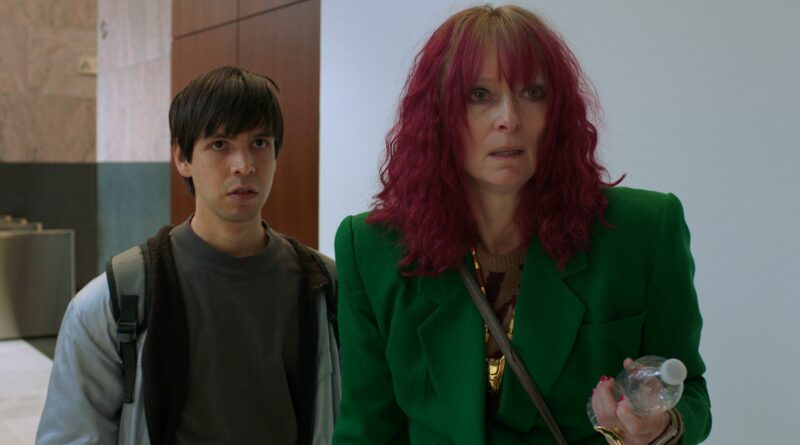Tilda Swinton and Julio Torres reveal ‘Problemista’s unexpected common ground

In Problemista, Tilda Swinton and Julio Torres costar in the latter’s directorial debut as a pair of unlikely friends experiencing very different sides of New York’s perilous power dynamic. As a long-established and feared art critic — and a rich white woman to boot — Elizabeth wields a great deal of status and privilege along with, as Swinton puts it, “the mighty sword of complaint.” But as a newcomer to New York who’s struggling to secure an immigration visa, Salvadoran toy designer Alejandro sheepishly trots through an obstacle course of poverty, squalor, and easily bruised egos. Despite their differences, they have an undeniable connection.
When Mashable sat down with Swinton and Torres over Zoom, we not only talked trash but also dug into the central bond between Elizabeth and Alejandro. The leading lady and the writer/director/actor offered insights into the backstories that bind them, as well as how RZA’s eccentric painter Bobby fits into their dynamic.
Julio Torres shares the secrets of Problemista‘s misfits.

This outstanding A24 comedy depicts New York City of a place made up of big dreams and crushing disappointments. Street corners are piled with trash and treasures, and every character can be both a savior and a literal beast. Yet within this, there’s an optimism in how two misfits find each other.
Striving to get a fellowship with Hasbro toys, Alejandro (Torres) is scraping by on survival jobs to maintain his work visa. While working at a shabby cryogenics lab, he meets the fiery wife (Swinton) of a frozen artist (RZA), who offers him a path to sponsorship. While Elizabeth jabbers endlessly and has unlimited demands, she dazzles Alejandro with the command she takes over every situation, from ordering a salad to dictating the layout of a gallery show for her frosty beloved. And in return she, in her own intense way, takes him under her wing.
Torres spoke to their connection, saying, “They are both outsiders in that sense. I think that this is a movie that is about ‘the other.’ And I think that Alejandro is an outsider. Elizabeth is an outsider. Bobby’s an outsider. So it makes sense that Bobby and Elizabeth attracted each other.” In the film, Alejandro is trying to break into the toy-making industry. Elizabeth has been ostracized from the art community, seemingly for her aggressiveness and single-minded devotion to Bobby’s paintings, which focus solely on unhatched eggs. And in turn, Bobby felt so outside the art scene that he froze himself, hoping to find a future where his work would be better appreciated.
“They’re just desperately trying to find a way in,” Torres said of the trio. “Alejandro is trying to very quietly and very politely make his way in. Elizabeth has resolved to bulldoze her way in. And they both really have a lot to learn from each other. And that is what’s at the heart of the movie, is just this idea of sort of seeing another other and just sort of understanding each other, even though their experiences are so — on paper — so, so radically different.”
Torres explained, “This is why the character of Bobby, he’s sort of at the nucleus of the film. Because his whole thing is being in the fringes of the art world, right? Like, never being fully let in. He’s literally living in a commune where they won’t even show his paintings.”
Detailing the part Bobby has to play in his situation, Torres added, “It’s sort of circumstantial, but it’s also a little voluntary, because he refuses to paint anything that isn’t eggs. And he’s an outsider, but he’s proud of it. He wants to make his way in by virtue of being an outsider, by virtue of being different. And Alejandro was motivated by that. Elizabeth sees herself in that. So, in the movie, everyone is sort of like drowning and gasping for air. And in this movie, they sort of like see each other and sort of like gain empathy for each other.”
Tilda Swinton on the background of her hydra.
In the shared interview, Swinton concurred with Torres, noting of Elizabeth and Alejandro and Bobby, “They’re in these similar predicaments. They have these dreams! And they’re really fueled by their dreams. And I think the film is very compassionate about that. You know, we’re not for one instant sneering at any of these people for having these dreams.”
She went onto to detail how the trio handles being an outsider in different ways. “Bobby is a victim. He’s just decided to be a victim,” Swinton explained. “And Elizabeth wields the mighty sword of complaint. She just complains about everything, about everything. She’s just on that setting. And the thing that’s magical is that it looks like that’s not working for her for the longest time.”
Easing into a discussion of the film’s final act, in which Alejandro learns to take a cue from Elizabeth’s approach to get what he really wants, Swinton continued, “Then — not to spoil anything — we learn the value of that [complaining]. And I find that still very, very moving that that’s not a position that she’s taken lightly.”
Expanding on how Elizabeth becomes a mentor of sorts to Alejandro, Swinton continued, “She teaches a little — both actively but also by osmosis — Alejandro, to adopt it and to work it, but to his advantage. And of the three of them, he prevails because he has his dreams, but his position is not to be a victim, not to wield the mighty sword of complaint, but to observe. And to just keep dreaming somehow, but to have this sort of slightly exterior position. Then there’s a bit of mix and match.”
Swinton and Torres reveal Elizabeth’s unspoken origins.

Beyond being a pair of outsiders with big artistic dreams, Elizabeth and Alejandro have a similarity in their backstories that’s not explicitly explored in Problemista. In discussing the film’s costuming, Torres shared not only how Elizabeth’s wardrobe hints at her dragon-like nature, but also to who she was before she met Bobby.
“[Her outfits] also allow you to imagine her younger,” Torres said, “[In creating the character,] Tilda and I were talking like, ‘Oh, she feels like she was a groupie of some band at some point.’ So, it is a lot of really tight black leather pants that she wears. It really gives her such a backstory because you imagine like, when did she get these pants?”
For Swinton, who picked Elizabeth’s precise English accent because it got a laugh out of Torres, the clothes helped shape an arc for her character outside of the film. “All the leather and the sort of slight rock ‘n’ roll pose,” Swinton noted before explaining, “If you want some justification or some idea of a backstory, my idea was that she had been a girl at the Glastonbury Music Festival. And she was a groupie of some American band. And she sort of fallen in with some rock star, and [followed him] back to America, and then sort of broken up with him, and then sort of drifted into the art world.”
From there, Swinton drew influence from the New York art scene, pulling from the downtown fashions costumer Catherine George curated for Elizabeth, but also the “the frostiness, the sort of slight patchouli dreamcatcher element” that she found “not far away from even the uptown New York art scene, actually. The dreamcatcher and the upscale art scene — they’re not divided by much.” Swinton would know, having famously taken part in a performance art installation at MOMA in which she slept on display in a glass box.
Yet Swinton connected with Elizabeth on another level, in her appreciation for Bobby’s art. Asked if there was a bit of the costuming or production design she had taken from the set, Swinton said no. But she added, “I did hint rather too gently that I had my eyes on [the painting] Blue Egg on Yellow Satin. Maybe one day [I’ll get it.] There is a sort of gap on one of my walls that it would fit very nicely.”

